Best Practice Guidelines: Hospital Patient Administration
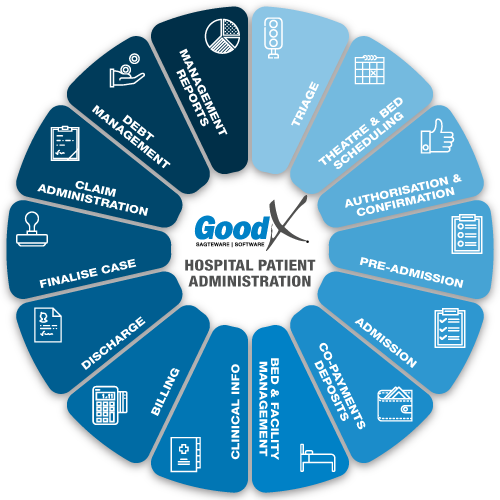
Copyright © 2019 GoodX Software. All rights reserved.
GoodX online Learning Centre
learning.goodx.co.za
11. Billing
Responsible Roles
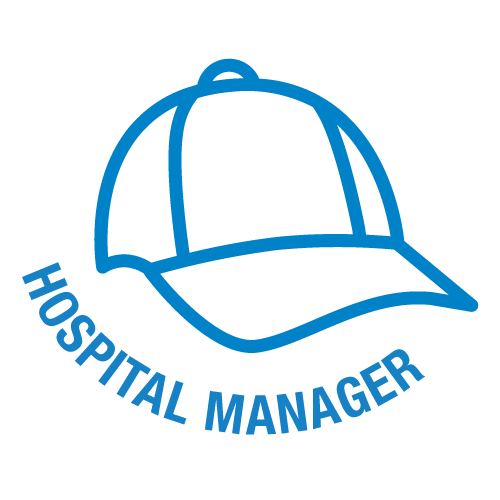 |
Check that all billing is up to date. Ensure any billing issues are sorted out and all personnel have the correct training and knowledge of hospital billing for every procedure in the hospital. |
|---|---|
|
|
Case managers can also bill the accommodation. If the billing expert bills the accommodation, check that the accommodation billing recons back to the bed movement. |
|
|
Ensure the correct stock items have been put on the charge sheet, with the barcodes and the correct quantity. Ensure all the correct information goes to the billing expert on a daily basis. |
 |
Ensure all files goes to the billing expert. Ensure the billing in the department has been documented in the file. |
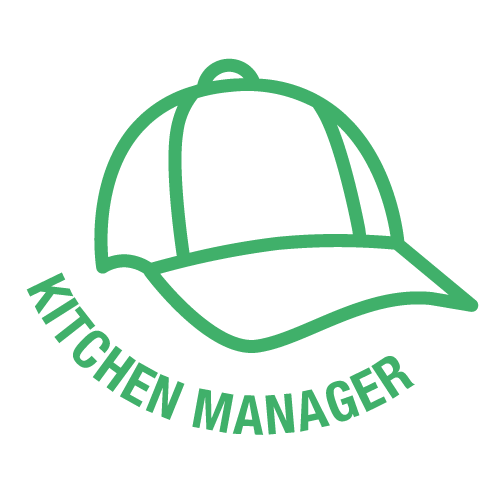 |
If there is any billing that needs to be done from the kitchen side, the kitchen manager must ensure all the billing has been done or documented that the billing expert can bill the kitchen bill. |
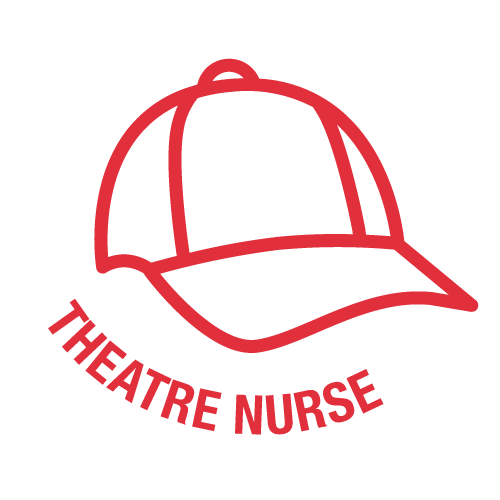 |
Normally the theatre stock will be billed in the theatre. This can be done by the theatre nurse or the billing expert. Ensure all stock that was used on the patient in the theatre or recovery room are billed on the patient account. If the billing expert does the billing, ensure all barcodes of all items are placed in the patient file with the correct quantities. Theatre time is important for all billing purposes. |
 |
Ensure all files goes to the billing expert. Ensure the billing in the department has been documented in the file. Ensure all stock items were billed, and check if the billing are accurate. |
 |
Bill all the accommodation, procedures, equipment, materials and medication. Check all the billing that was done in other departments. Check the quantity and the dates that were used. Stock items must be up to date every day to ensure the correct stock levels in the hospital and the different departments. Ensure the correct service centre is chosen with the billing. |
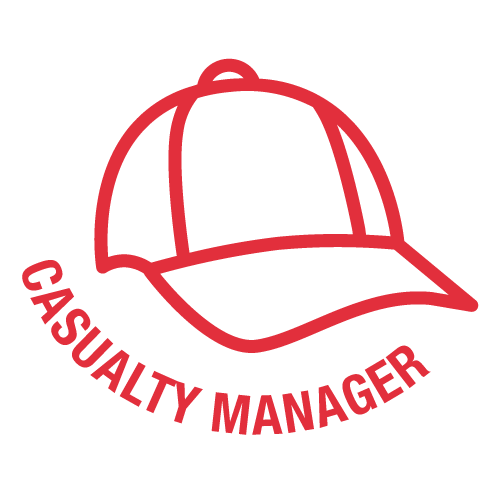 |
Check the accommodation that was billed and the bed type that was used. Check the accommodation codes and timespan. Check all billing was done and correct. Ensure all dispensing methods have been used correctly. |
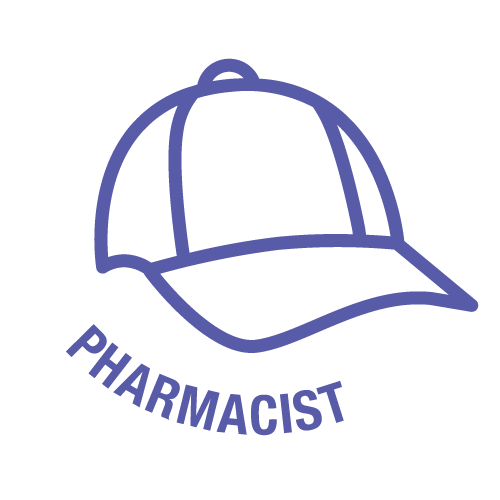 |
Bill all scripts that were issued on the patient and sent to the patient in the ward as pharmacy stock. Bill any TTO that the patient needs with discharge. |
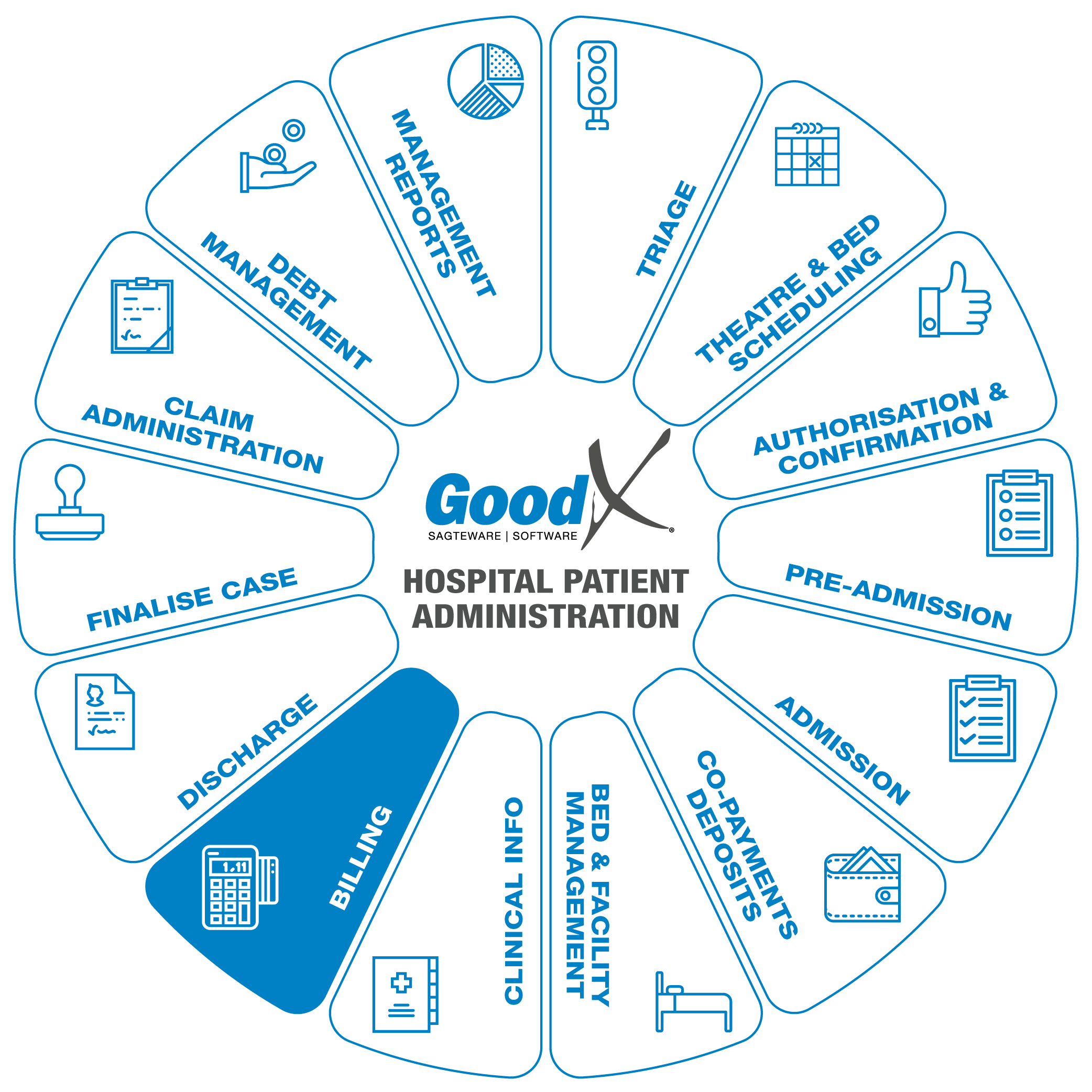
Purpose of Billing
The billing will ensure that the hospital can claim for the work that was done on the patient and the material or medicine that were used on the patient. To assist with correct stock levels and to know when the stock was used. Billing is the income of the hospital.
Critical Steps of Billing
Billing is the section in the hospital that must be up to date to ensure an income in the hospital for the service done.
To ensure a timeous, accurate and complete account is submitted to the medical aid / issued to a private patient the following point is important:
- Best practice will be that all patient files are billed on the same day of the procedure and treatment, the billing must be updated every day while the patient is staying in the hospital.
- Stock must be billed every day after used for stock control.
- Ensure that you receive all the patient files for the day. Patient files will be compared to the admission list and bed occupied list to confirm that all files have been submitted for billing.
- Confirm Admission and discharge date and time
Check theatre charge sheet
On receipt of a file, check that both Ward and Theatre staff have signed that they checked the accuracy of their charting of consumables, medication, prostheses and equipment used. If a signature is missing, the file will be returned to the relevant department and billing may not proceed.
Record theatre sessions and link the theatre session to the account
The theatre session is important that the following information is correct on the file and on the system:
- Correct date
- Correct patient
- Correct location, the correct theatre
- Correct theatre time
- Correct minutes the patient was in the theatre
Bill ward fees/accommodation
Accommodation is an important part of the billing, the patient will be billed for the time he/she used a bed in the hospital.
- Confirm the L.O.S (Lenght of Stay) calculation for the total accommodation.
- Confirm the bed types that the patient was in during the stay and how long in each bed types according to the occupancy bed list. Example High Care, ICU or Floated bed.
Bill oxygen used
The following points can be checked:
- The date on when the oxygen was used
- The correct location where the oxygen was used for the patient, for example, Ward, Theatre or Recovery
- The correct minutes the oxygen was used and some oxygen rounded off to 15 min sections.
Bill Anaesthetical gasses where applicable
Anaesthetical gasses are sometimes expensive, this is normally used in a theatre. The correct amount used on the patient must be recorded in the patient file. The following can be confirmed :
- The date and time the gasses was used on the patient
- The minutes or units the gasses was used on the patient
Bill ward stock
Ward stock is all the stock used on the patient while the patient was in the Ward. The stock must be recorded in the patient file and billed at least once a day until the patient is discharged from the hospital. The following can be checked:
- Stock / consumable billing includes all barcodes present in the patient file and items are written on the ward charge sheet.
- Any item that cannot be billed, e.g. item does not appear on the stock master, must be fixed and added to the patient account.
- The quantity of the items must be checked
- The strength of the item must be checked that the correct items are billed.
Bill theatre stock
Theatre stock is all the stock used on the patient while the patient was in the Theatre and was busy with the procedure. The stock must be recorded in the patient file and billed at least once a day for every theatre session what the patient had until the patient is discharged from the hospital. The following can be checked:
- Should have insight into the stock used per procedure
- Use common sense. E.g. intravenous infusion has been recorded but no intravenous needle recorded. Billing should cease immediately and the file referred back to the Scrub nurse.
- Any item that cannot be billed, e.g. item does not appear on the stock master, must be fixed and added to the patient account.
- Consignment stock cannot be billed until an invoice has been received from the supplier. The Stock Controller will make a note on GoodX that the file cannot be final billed. It is the Stock Controllers responsibility to do a daily follow-up with Supplier and to ensure that the invoices are received within 48 hours. Any outstanding invoices due more than 48 hours, must be reported to the Facility Manager.
Bill equipment used
Equipment that was used on the patient during a patient procedure can be charged to the patient account according to the price list. The following can be checked on the patient file:
- Depending on the procedure done on the patient there will be standard equipment that must have been used on the patient to complete the procedure.
- Confirm the correct quantity and equipment was used and billed on the patient account.
Bill fixed fee if applicable
A fixed fee account is a procedure that the medical aid have a set price on the procedure does not matter what the hospital is using on the patient or not using on the patient, there is a list of procedures that have a fixed fee. The procedures depend on the medical aids and the amount that the hospital will receive for the procedure.
The fixed fee will be indicated by the CPT4 codes used. The following must be done to handle a fixed fee:
- The correct CPT4 codes must be used
- The account is handled as a Fee for service and all the items will be billed as a normal account
- The claim must be sent to the medical aid as a fee for service and the correct fixed fee CPT4 codes
- When the Response comes back from MediKredit mark the case as a Fixed fee account
- Post the final invoice on the fixed fee account that the system can make the adjustment between the fee for service and the fixed fee amount. This invoice that will be posted on the account can be a negative amount (a loss) or a positive amount (a profit).
Dispensing Method
The dispensing method will also be EDI to the medical aids, this is important to indicate if the medication that was given to the patient in what method the medication was given to the patient, for example as a TTO (To Take Out) or as a pharmacy item while the patient was in the hospital.
The following can be checked :
- Confirm scripts received and issued according to the Ward charge sheet and documentation from the treating practitioner.
- Confirm the medication to the actual scripts.

